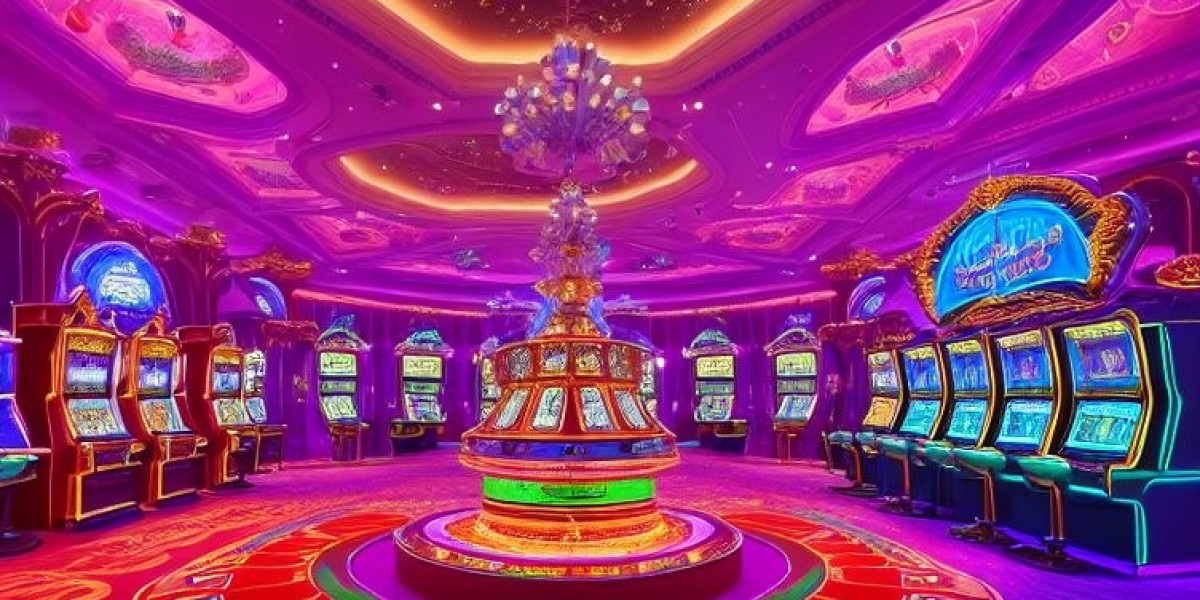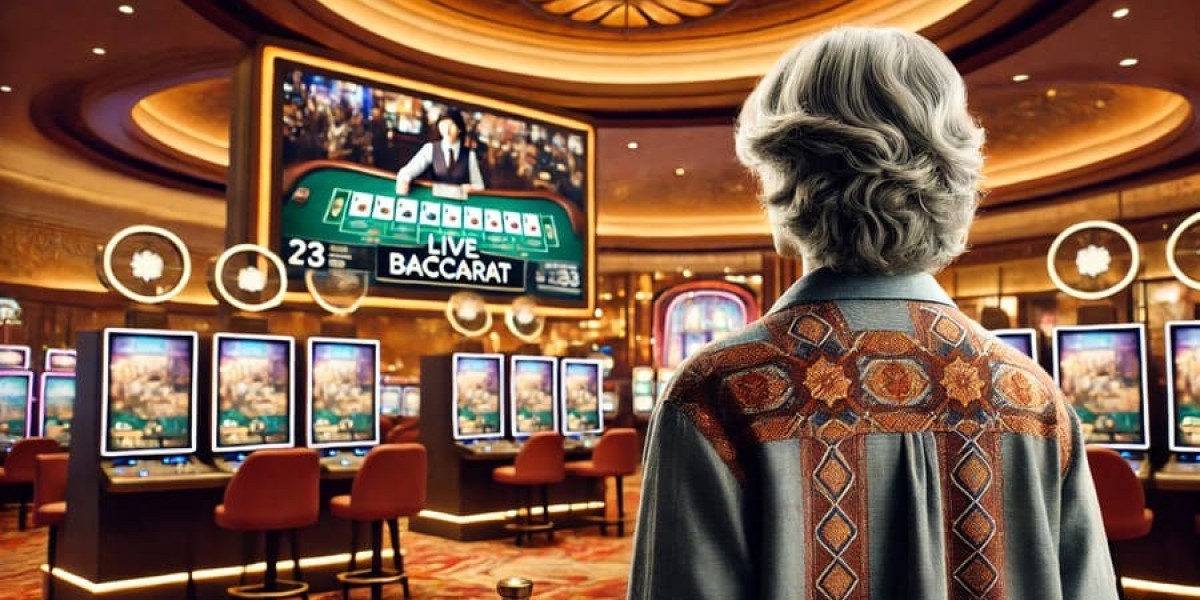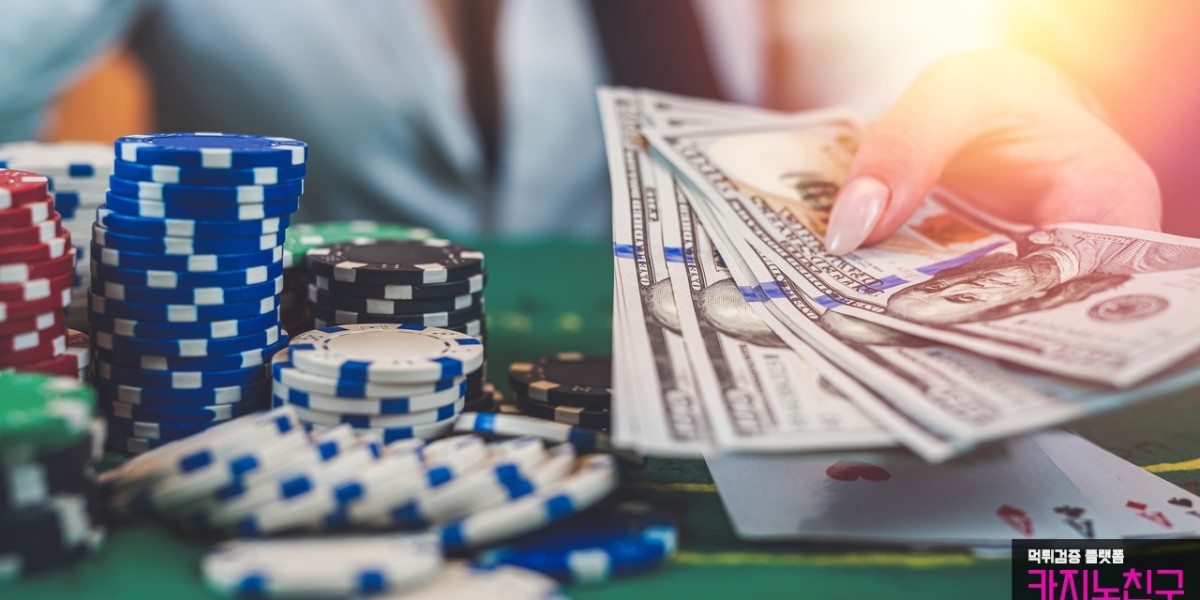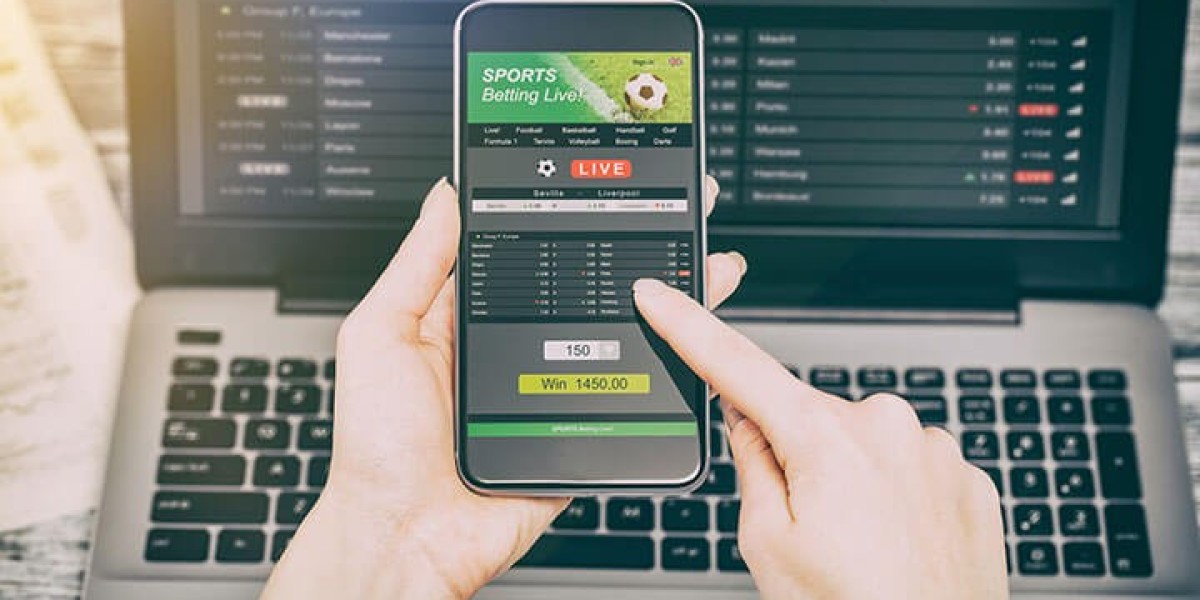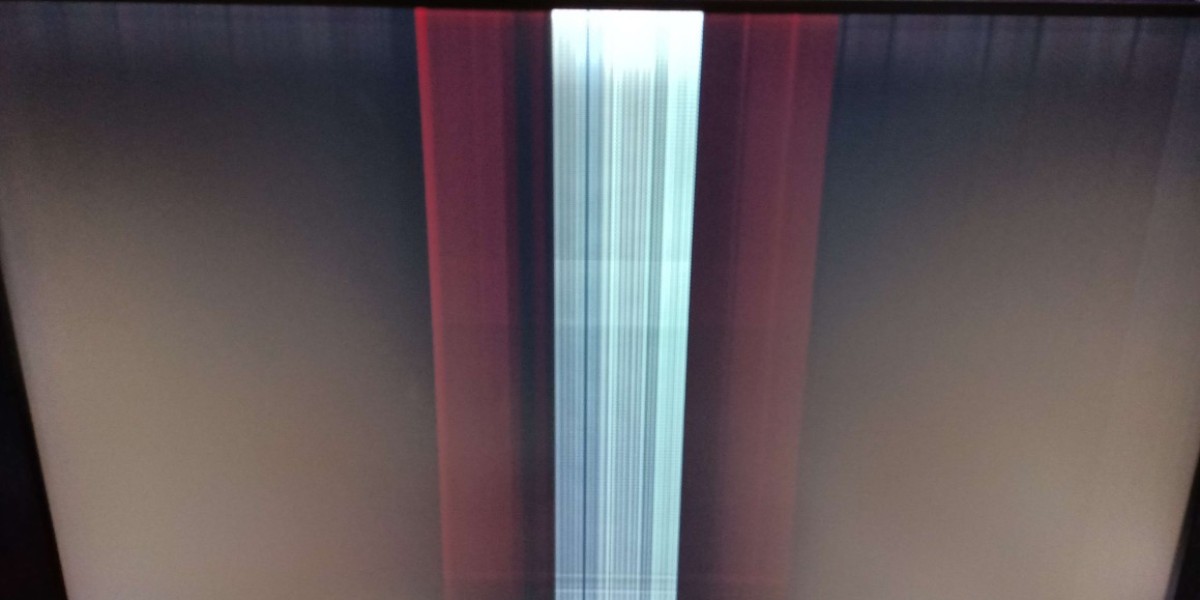In the digital age, first impressions are made in milliseconds. For companies like LLA Designer, understanding how to guide user behavior is critical—and one of the most subtle yet powerful tools for doing that is color. When used intentionally, color can enhance user experience, drive conversions, and establish trust. Welcome to the fascinating world of color psychology in web design.
Why Color Psychology Matters in Web Design
Color psychology is the study of how colors affect human emotions and behaviors. On websites, colors are more than aesthetic choices—they're strategic elements that guide visitors toward specific actions, whether it’s making a purchase, signing up for a newsletter, or exploring a product.
Web designers who understand the emotional triggers associated with color can leverage them to:
Establish brand identity and emotional tone
Highlight calls to action (CTAs)
Improve navigation and readability
Increase user retention and conversion rates
The Psychology Behind Key Colors
Let’s break down the most commonly used colors in web design and their psychological associations:
1. Red: Urgency and Passion
Red stimulates the body, increases heart rate, and is often associated with urgency, excitement, and passion. It’s effective for sales buttons and flash promotions but should be used sparingly to avoid overwhelming users.
2. Blue: Trust and Calm
Used by banks, tech companies, and medical platforms, blue promotes feelings of trust, security, and reliability. It’s a great choice for brands looking to build long-term relationships with customers.
3. Green: Balance and Growth
Green symbolizes health, freshness, and nature. It's particularly effective for environmental brands, wellness services, and financial platforms. It’s also associated with "go" and progress—ideal for CTAs.
4. Yellow: Optimism and Attention
Bright and energetic, yellow evokes happiness and positivity. It’s excellent for grabbing attention but can cause strain if overused. Use yellow to highlight essential UI elements without overwhelming the design.
5. Black and White: Sophistication and Simplicity
Black exudes elegance and power, while white offers clarity and simplicity. A minimalist black-and-white scheme with strategic accent colors can make content stand out and elevate your brand’s perceived value.
6. Purple: Creativity and Luxury
Often associated with royalty and imagination, purple is ideal for brands in the creative, beauty, or high-end service sectors. It adds a sense of mystery and elegance to digital interfaces.
Strategic Use of Color to Guide User Behavior
The psychology of color in web design isn't just about choosing a favorite shade—it’s about strategic application:
CTAs that convert: Bright contrasting colors like red, green, or orange often yield better click-through rates when used for buttons and signup forms.
Hierarchy and focus: Use color contrast to create visual hierarchy, making it easier for users to process information and focus on key areas.
Accessibility: Ensure your color palette meets contrast guidelines to make content accessible for users with visual impairments or color blindness.
Case in Point: Lighting Design and Visual Atmosphere
Color psychology also plays a major role in industries like Lighting Design, where perception and mood are everything. The interplay between ambient lighting and website colors can set the stage for a calming, energetic, or luxurious user experience. LLA Designer applies this understanding to ensure that both lighting and digital aesthetics align with the brand’s emotional tone, creating environments—digital or physical—that resonate deeply with users.
Color Testing and Optimization
You can’t manage what you don’t measure. That’s why A/B testing different color schemes on web pages is crucial. Try:
Testing different CTA button colors
Switching background hues on product pages
Analyzing time on page and bounce rate after color changes
Tools like Google Optimize, Hotjar, and Crazy Egg can help visualize where users are clicking—and whether your color choices are influencing their decisions as intended.
Final Thoughts: Color with Purpose
In a competitive digital landscape, color is more than decoration—it’s a communication tool. Whether you’re designing for a sleek product site, a cozy online store, or a premium Lighting Design brand, every hue sends a message.
At LLA Designer, we believe that beauty meets function when every pixel is purposeful. By combining creativity with psychological insight, we create digital spaces that are not only visually stunning but also strategically optimized to engage, convert, and inspire.

